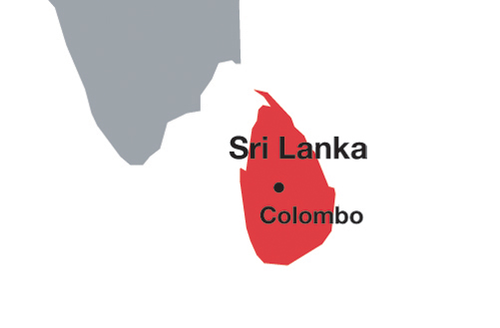
The Sri Lanka, officially known as the Democratic Socialist Republic of Sri Lanka, is an island country located in South Asia. Here is description of various aspects of population growth of Sri Lanka.
Population: As of Tuesday, June 27, 2023, the population of Sri Lanka is estimated to be around 21,680,315 people. In 2020, the population was estimated to be 21,413,249. Sri Lanka’s population accounts for about 0.27% of the total world population. The country ranks 58th in terms of population among all countries and dependencies.


When Population Density being mentioned of Sri Lanka has a population density of 341 people per square kilometer (884 people per square mile). The relatively high population density reflects the concentration of people in urban and semi-urban areas, as well as the limited land area. Compared to both rural and urban population it can be identified the population of rural area had been increased over time (1955–2020).

When take the urbanization, it about 18.4% of the Sri Lankan population is considered urban, with an estimated 3,945,488 people residing in urban areas in 2020. Urbanization in Sri Lanka is characterized by the growth of cities and towns, particularly in the western and central regions.

Based on the population forecasting figures for Sri Lanka, it is evident that the annual population growth rate is expected to decrease over time. However, the urban population is projected to increase significantly in the coming decades. Currently at 18.4%, the urban population is estimated to reach 30.1% in the future. Despite the growth in the urban population, the density of population per square kilometer is not expected to see a significant increase. It is anticipated to rise from only 341 to 348 people only marginally per square kilometer. In terms of Sri Lanka’s contribution to the global population, it is projected to decrease by approximately 5% within the next few decades. This means that the country’s population growth rate will be slower compared to the global population growth rate.
so, these forecasts suggest a shift in population dynamics for Sri Lanka, with a higher proportion of people residing in urban areas while the overall population growth rate and population density experience relatively modest changes.
From main cities of Sri Lanka, here are the 2 main cities which has largest population:
1. Colombo: With a population of 648,034, Colombo is the largest city in Sri Lanka. It is the commercial capital and a major economic hub of the country. Colombo is known for its bustling city life, historical sites, and modern infrastructure.
2. Dehiwala-Mount Lavinia: With a population of 219,827, Dehiwala-Mount Lavinia is a city located just south of Colombo. It is known for its beautiful beaches, vibrant nightlife, and residential areas. The city offers a mix of urban amenities and coastal charm.
And the least population presented from:
1. Kegalle: Kegalle has a population of 17,962. It is a city located in the Sabaragamuwa Province of Sri Lanka, and
2. Hatton: Hatton has a population of 15,073. It is situated in the Nuwara-Eliya District of Sri Lanka’s Central Province. Hatton is known for its scenic beauty, tea estates, and cool climate.
These four cities are among the most and less populous and significant population centers in Sri Lanka.
Overall, Sri Lanka is a small yet vibrant country with a diverse population and rich cultural heritage. The country has made significant progress in various sectors, including education, healthcare, and tourism.
Sources:https://www.worldometers.info/
On LinkedIn: https://www.linkedin.com/groups/14264348/
:https://www.linkedin.com/in/laksara-abeysinghe-3a22101ab/



0 Comments